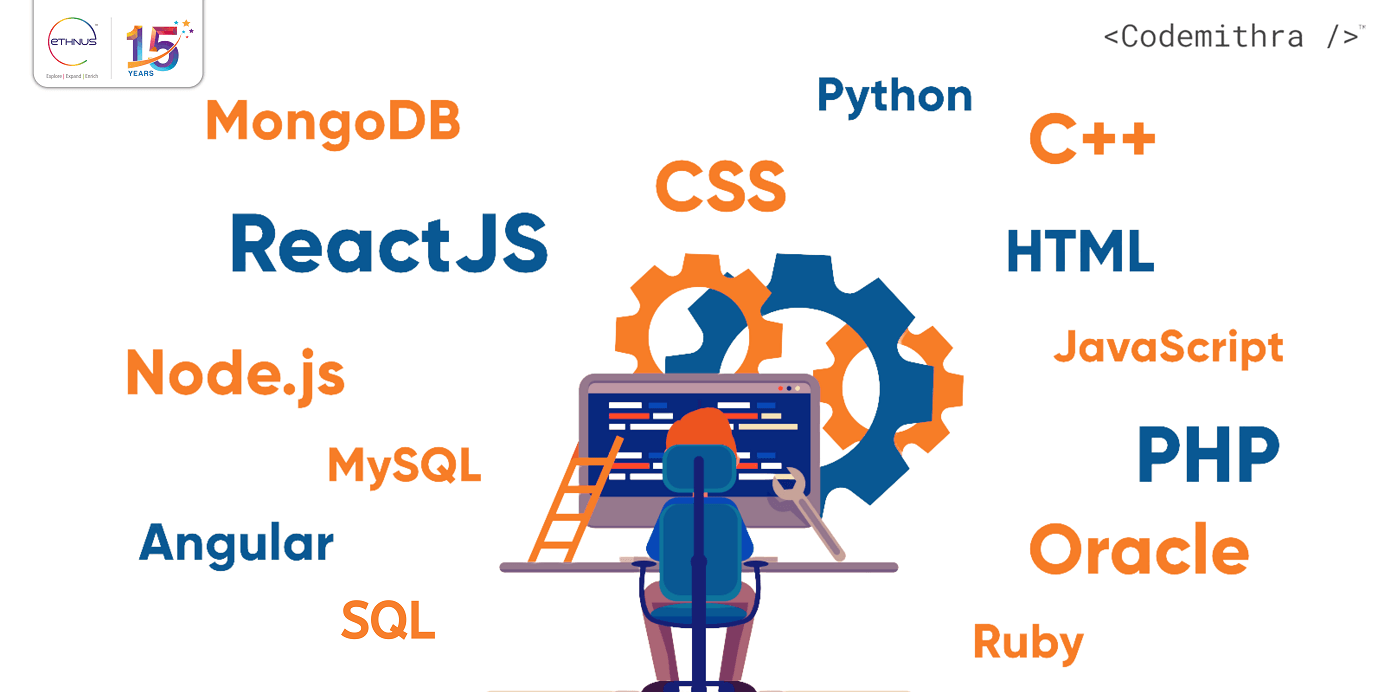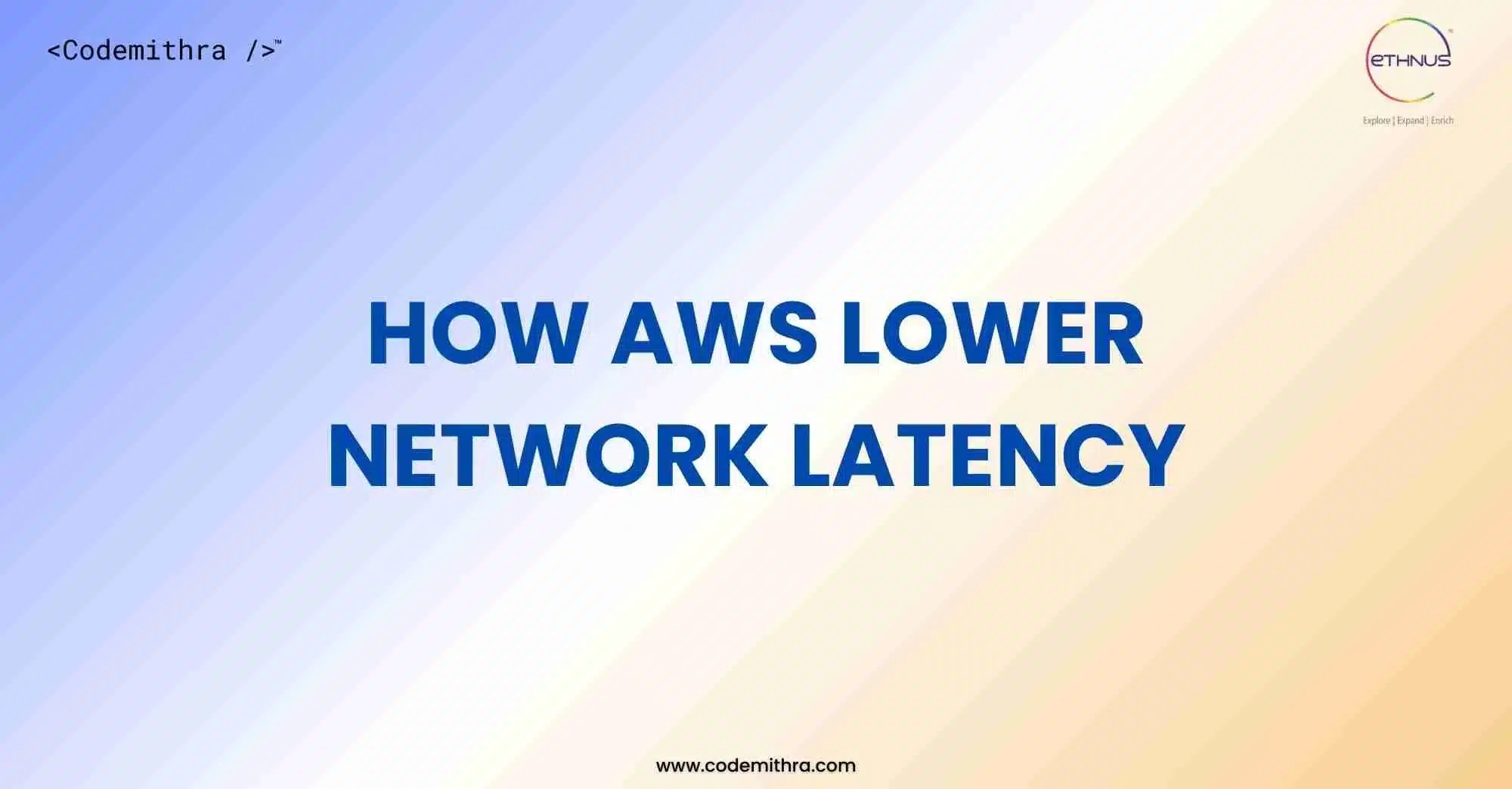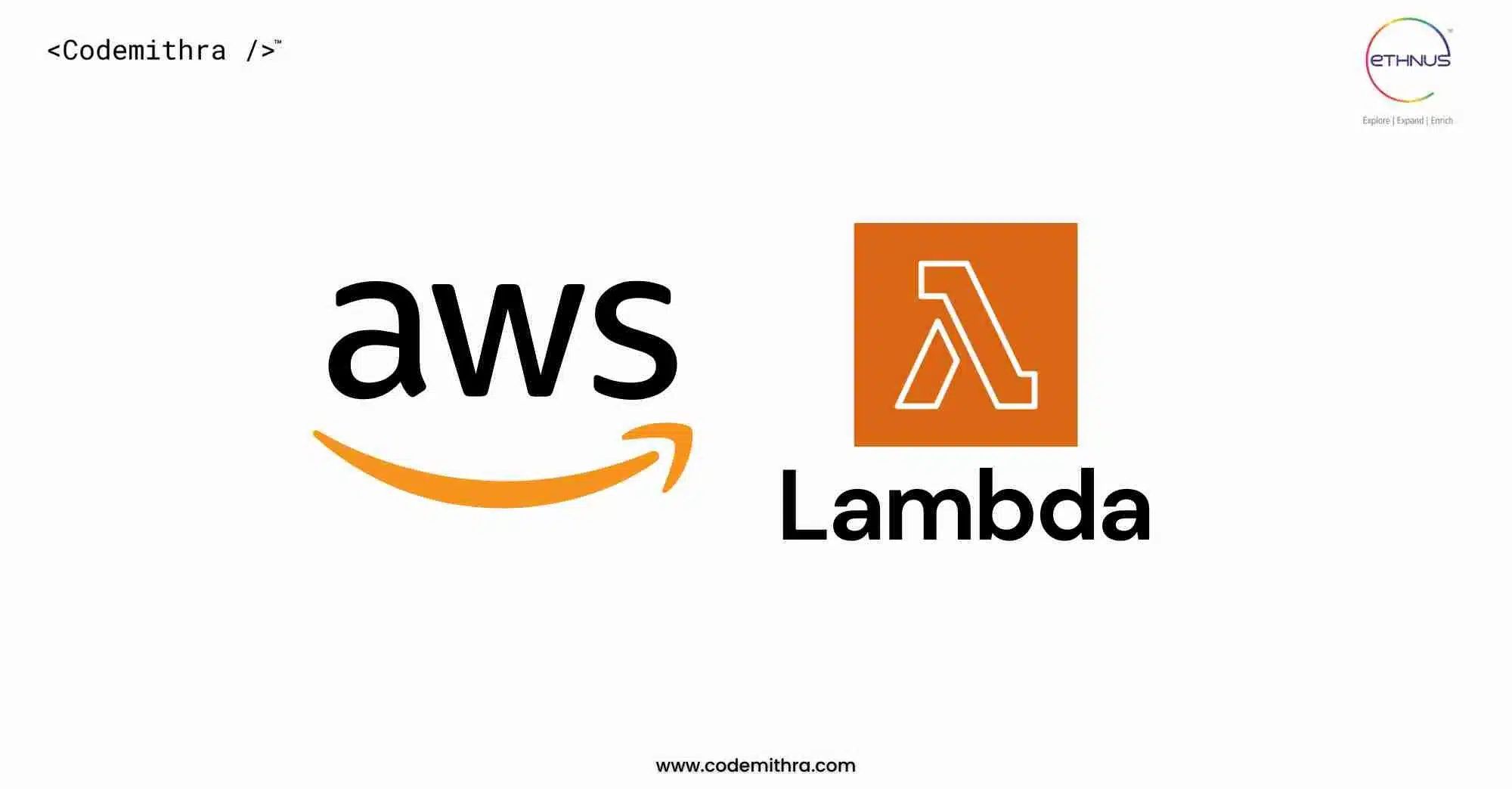Who is a Full-Stack developer?
On a fundamental level, full-stack developers are exceptionally flexible handymen in an industry that requests exhaustive programming information. Figuring out how to turn into a full-stack web developer isn’t as troublesome or tedious as you might think. This article will walk you through the fundamentals of full-stack development, what you want to realize, and how you can set yourself up for a full-blown vocation in development.
Considering what’s straightaway? Here is a sneak look at our six stages to turning into a full-stack developer:
- Recognize the skills you need to learn.
- Decide on your ideal timeline.
- Adapt your learning style to what works best for you.
- Start building your portfolio.
- Begin the job search process
- Excel the interview
How to become a Full Stack developer?
To turn into a full-stack developer, you’ll have to learn about two fundamental web development ideas: the front end and the back end. The front end, otherwise called the client-side or client-facing side, alludes to every one of the components of a PC application that clients associate with straightforwardly. Paradoxically, the back end envelopes all the background tech that registers business rationale satisfies client demands, and forever stores touchy information. You can consider the front end the tip of a chunk of ice, while the main part of the inconspicuous back end reaches out far beneath the water’s surface.
Front-end developers make and streamline noticeable pieces of a site, making parts receptive to various survey conditions, for example, cell phones, tablets, and work areas. They use client-facing programming dialects, similar to HTML, CSS, and JavaScript, to deliver drawings on the site.
Then again, back-end development expects developers to assemble and refine the interior programming that works an organization’s information bases, servers, and exclusive programming. Back-end developers are answerable for making the pathways to convey data to and from clients who work front-end interfaces. “Full-stack” alludes to the whole of a site or application’s front and back-end engineering. As you would expect, full-stack specialists are good for watching out for the different sides of the alleged condition.
Turning into a full-stack developer isn’t quite as straightforward as naming yourself one. There are a couple of crucial abilities you’ll have to master before expressing those requests for employment. Underneath, we’ll discuss the steps for you to become a full-stack developer.
Recognize the skills you need to learn.
Each student’s way will be marginally unique, relying upon their prior experience and range of abilities. Assuming that you’re a genuine starter, you’ll require specific preparation and experience to become a developer. A similarity applies to specialists, who should upskill substantially more than proficient developers who desire to update their professions.
Check out your abilities! The following are a couple of fundamental capacities that you’ll have to dominate if you have any desire to flourish as a full-stack developer:
- HTML
- CSS
- JavaScript
- DOM Manipulation
- SQL/NoSQL
- Java
- Object-Oriented Programming
While a full-stack developer’s schooling is never truly complete, the above abilities will furnish you with solid groundwork!
Decide on your ideal timeline.
How long would you like to go from studying to handling your most memorable entry-level developer position? Likewise, with your prior ability evaluation, laying out a substantial course of events can assist you with picking your instructive excursion.
Think about the accompanying inquiries:
- Is it true that you will partake in time courses while keeping up with your present place of employment?
- Could you favor an escalated, full-time instruction that could permit you to find some work as fast as expected?
- Do you incline toward faster, abilities-based courses or formal, hypothesis-weighty training?
- What realizing opportunity will permit you to seek after your schooling without infringing on your commitments?
Assuming you’ve proactively gotten yourself into a full-time profession or family responsibilities, beginning another preparation regimen can challenge you. However, learning about full-stack development need not be a difficult chore. Contemplate the progressions you’re willing to make to pursue your fantasies — and assemble your instructive timetable as needs be.
Begin learning in a format that suits you.
In the age of open-source everything, it’s simpler than at any other time to figure out how to become a full-stack developer—but at the same time, becoming mixed up in the muck is more straightforward. There’s an overwhelming number of unmistakably instructive courses accessible.
Underneath, we address the essential strategies that hopeful developers use to become attractive software engineers and give assets to help you on your excursion. There isn’t one most effective way to learn full-stack development, so while you’re examining the choices, make a point to contrast your timetable and learning prerequisites with the recorded open doors.
- Training camps
Coding training camps are present moment, profoundly concentrated instructional classes that furnish you with all the business preparation abilities you want to become a fully-fledged developer. When you complete a training camp, you’ll have acquired the important abilities, made indispensable industry associations, fostered a noteworthy coding portfolio, and set yourself up for the quest for new employment.
- Independent Courses
Contrasted with training camps, independent courses offer more prominent adaptability and a lower cost. Contingent upon the stage you pick, you might try and approach extra assets, teacher support, and a functioning student’s local area.
- Degree Programs
Four-year degree programs are the most widely recognized instructional method for developers. The benefits are obvious: you get extensive, expansive schooling that shows skill to businesses. School permits you to construct a take-out portfolio, land entry-level positions, and make important associations.
Start building your portfolio
As opposed to what a disappointed job seeker might think, bosses, don’t put together meetings to turn individuals down. The employer needs to trust that you’re the ideal individual for the position, and you must give them as much proof of your abilities as possible.
That is why portfolios are so critical: they’re the initial feeling enrollment specialists have of you. Assuming you have any activities you’re especially pleased with, utilize your portfolio to feature them. Show your work by portraying the innovations utilized, your part in the task, and flaunting screen captures. As a full-stack plan proficient, your work should show an eye for plan and superb specialized skill.
Make a point of distributing your code to a public store on the code forming site GitHub. Make it a point to incorporate undertakings that are currently in development. Building a portfolio is maybe the most effective way to learn full-stack development.
Begin the job search
You’re prepared to begin job hunting whenever you’ve fabricated a portfolio with at least two polished projects. Even though it’s a little overwhelming, the right resume and range of abilities can catch a recruiting director’s consideration.
Make a point to characterize your vocational objectives early, get introductory letter input, and design your resume for the particular positions you’re applying for. Try not to restrict yourself to online pursuits; connect with organizations straightforwardly, go to professional fairs, and pursue weekly work cautions.
Above all, don’t get deterred if your inbox loads up with dismissals (or nothing at all). Indeed indicates that it takes the typical job searcher approximately nine weeks to apply, interview, and land another job.
Excel on the interview
Got the meeting? Pause for a minute to praise yourself — and afterwards, investigate a couple of the main ways to get that subsequent meeting and, hopefully, handle the job.
- Stimulate Your Coding Skills
All full-stack coding meetings will incorporate a specialized part, which permits the employing supervisor to measure your ongoing expertise level. There is a wide range of specialized difficulties; for example, live coding works out, brings back home appraisals, planning difficulties, and delicate investigation of automatic reasoning.
Get ready for each sort by finishing code difficulties within a 30-to 40-minute time period. Take a gander at instances of broken code to detect bugs, fix them, and afterwards make sense of how you got it done.
- Prep for Behavioral Questions
Recruiting administrators would prefer not to employ a programming wizard; they need somebody who will work with the organization’s culture and cooperate with other people.
Prepare responses ahead of time that shows how you manage pressure, work conflicts, or difficulties in day-to-day existence. Look into the most widely recognized conduct questions so that you’re not surprised.
- Plan for Verbal Explanations
In the tech world, live coding and whiteboarding are almost widespread. During a whiteboard workout, you ought to make sense of your reasoning and how you arrive at an answer.
While moving toward an issue, ask the recruiting chief for more determination: What kind of information does the capacity consume? Should the capacity return a particular type of information?
Be ready to examine the adequacy of arrangements in light of their real intricacy. How productive is your code? Might your application, at any point, be refactored to take up less memory or run quicker?
Conclusion
Full-stack development permits you into the arising wilderness of innovation, investigating novel arrangements with state-of-the-art organizations. Besides, because the business is quickly developing, it offers huge potential and security to educated coders.
If you’re contemplating turning into a web developer, there’s never a better time than right now to begin advancing your objectives and handling a satisfying position. Apply now for the full-stack developer course. Experts designed this full-stack developer online course with ten years of experience, which will help build your aptitude, resume, and interview preparation.





